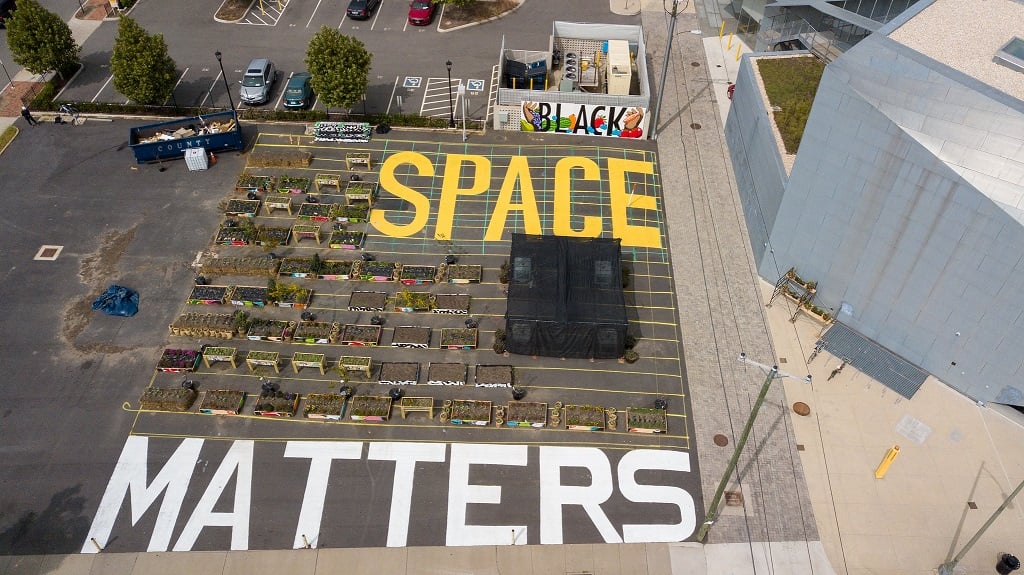The "Commonwealth" exhibit at VCU's Institute for Contemporary Art features work from 10 artists, including an outdoor garden installation by local activist Duron Chavis -- which looks pretty amazing from an overhead view. A local activist transformed a vacant lot...





